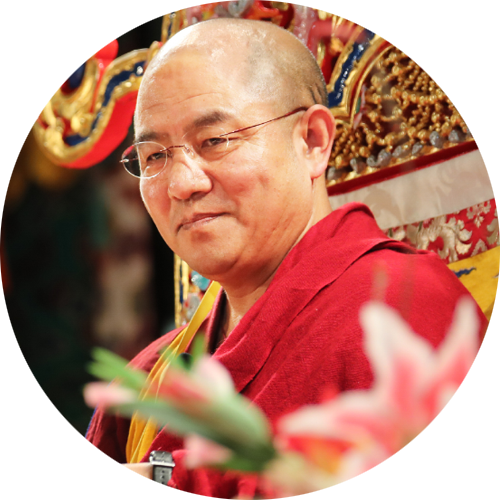Meditation Techniques for Beginners
For those who are beginning meditation practice the best choice of sitting posture is to follow the Seven-point Posture of Vairochana, as sitting in such a position will keep the channels of the body straight. When the channels are straight the mind also will be affected and benefit and bliss will arise naturally.
In terms of Dzogchen meditation at Larung Gar―which has two paths of training, Trekchö and Tögal―the five preliminary practices are indispensable. They are taking Refuge, cultivating Bodhichitta, Mandala Offering, and chanting the hundred syllable mantra of Vajrasattva, and each practice has to be accumulated 100,000 times. Finishing these 500,000 preliminaries is a must. However, for those who would like to practice meditation and are beginners or without any relevant background, they are not asked for many prerequisites.
So, if you’re a beginner how do you meditate? Most are advised to use the Seven-point Posture of Vairochana, and these seven points are:
1. Place your legs in the vajra posture, known as the full-lotus position.
2. Place your two hands in meditation mudra.
3. Your back should be straight.
4. Your head should be tilted forward slightly.
5. Your eyes should be focused on the tip of the nose.
6. The tip of your tongue should be touching the palette.
7. Your shoulders should be level and relaxed.
This posture is the one that is most widely used in meditation today and is even adopted by many college students. The idea is that if the body is straight then the channels too will be straight, and then the mind will also be affected, and benefit and bliss will arise naturally. So, whoever you are, when you try meditation for the first time, it’s better to start with the Seven-point Posture of Vairochana to calm the mind and keep it concentrated. This is the most essential instruction for beginners.
